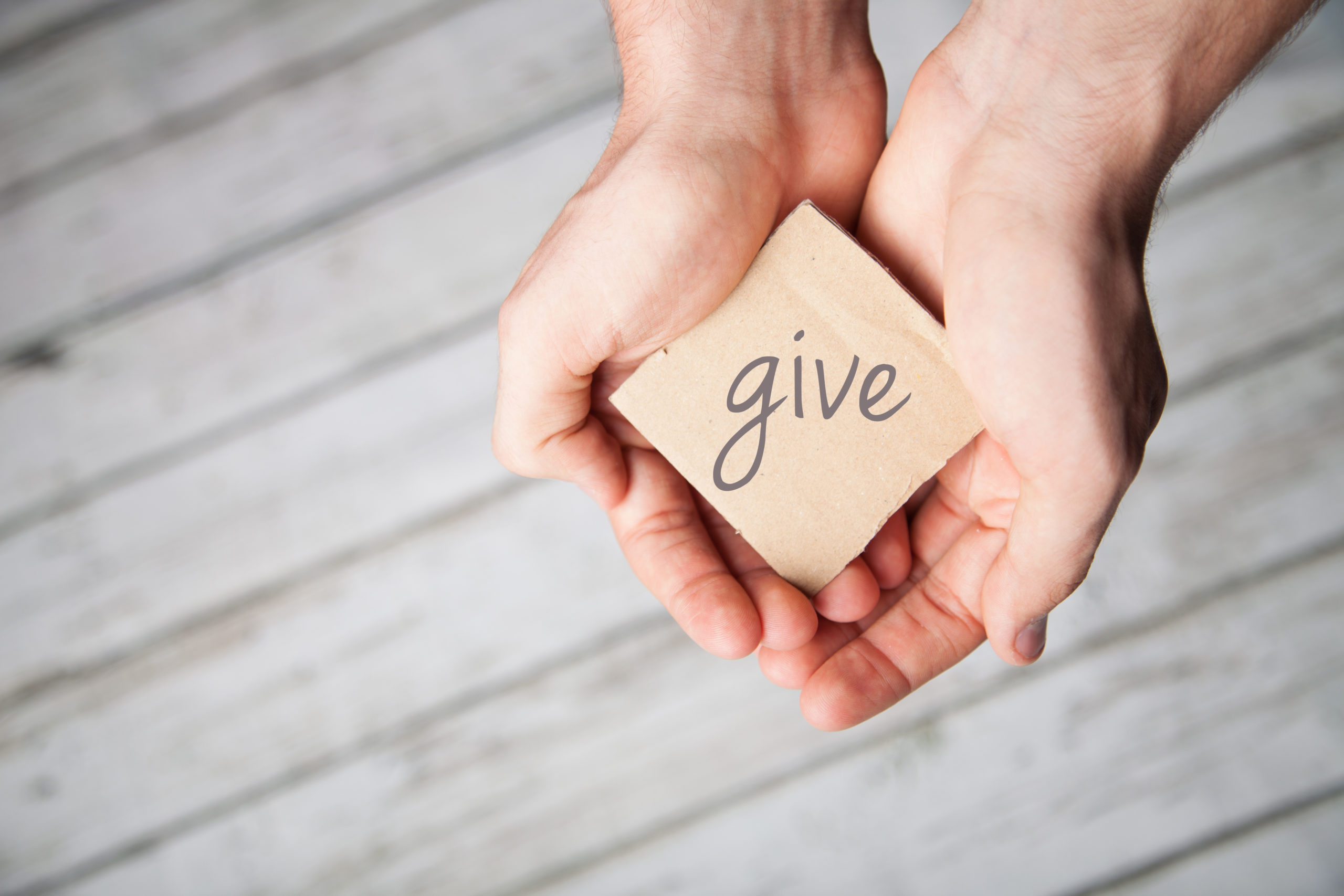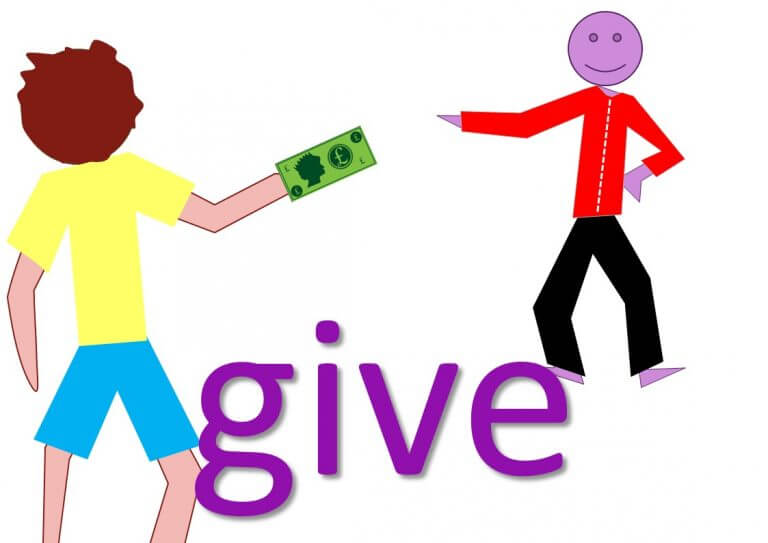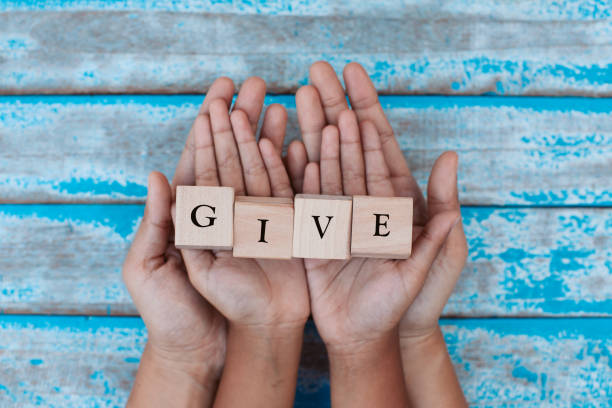In a world increasingly focused on consumption and accumulation, a refreshing counter-narrative is gaining momentum: the art of giving. It's a concept beautifully encapsulated by the phrase "give away look whatmomfound," which speaks to the spontaneous joy of discovery coupled with the profound satisfaction of sharing. This isn't just about decluttering; it's about fostering connection, sustainability, and a deeper sense of community.
The essence of giving, as the Oxford Advanced Learner's Dictionary aptly puts it, is "to make a present of" or "to offer something to someone, or to provide someone with something." When you give something, you hand over possession to someone else, often without cost or exchange. It's an act that stands in stark contrast to keeping, holding, or selling, embodying a spirit of generosity that enriches both the giver and the receiver. The "look whatmomfound" element adds a layer of delightful serendipity, transforming a simple act of donation into a shared moment of discovery and generosity.
- Camilla Araujo Sex Tape
- Julia Filippo Porn Video
- Diva Flawless New Nude Videos
- Aagmal Givea
- Mom And Son Video Cctv
Table of Contents
- Understanding the Essence of "Give Away"
- "Look Whatmomfound": A Catalyst for Generosity
- The Psychology of Giving: Why We Share
- Practical Applications of "Give Away Look Whatmomfound"
- Navigating the "Give Away" Process: Best Practices
- The Economic and Social Impact of Giving
- Overcoming Challenges in Giving
- The Future of "Give Away Look Whatmomfound"
Understanding the Essence of "Give Away"
At its core, "to give" is a fundamental human action rooted in connection and generosity. It means to turn over the possession or control of something to someone else without cost or exchange. Think of it as handing over a treasured item, a piece of information, or even a moment of comfort. The English dictionary and integrated thesaurus for learners, writers, teachers, and students defines "give" as "to provide someone with something" or "to put something near someone or in their hand so that…" It's a direct transfer, an offering, a presentation.
The "Data Kalimat" provided offers a rich tapestry of synonyms and contexts for "give." We can "donate," "volunteer," "provide," "present," "contribute," "bestow," and "offer." Each word carries a slightly different nuance, but all point to the same underlying principle: extending something of oneself or one's possessions to another. For instance, if you "give someone some news," you tell it to them. If you "give the porter a bag to carry," you entrust it to them. It's about sharing, whether it's a tangible item like money ("I gave her my money") or an intangible one like affection ("She gave the children lots of love and tender loving care").
- Jameliz Smith Leaks
- Sofia Smith Scandal
- Jamelizsmth Leaks
- Angela White Onlyfans
- Aditi Mistry Nude Viral Videos
This contrasts sharply with actions like "keep, hold, retain, withhold, save, preserve, lend, or sell." These words imply retention, control, or exchange. The beauty of a "give away look whatmomfound" scenario lies precisely in this selfless transfer, where the value is found not in what is gained, but in what is freely offered.
"Look Whatmomfound": A Catalyst for Generosity
The phrase "look whatmomfound" injects a delightful, almost childlike wonder into the act of giving. It implies a discovery, an unexpected treasure unearthed from the depths of a closet, an attic, or even a forgotten corner of the mind. This discovery becomes the catalyst for generosity. It's not about offloading unwanted junk; it's about realizing that something you possess, perhaps something you no longer need or even forgot you had, could bring immense value or joy to someone else.
Imagine finding a vintage toy that your child has outgrown but is still in excellent condition, or a set of gardening tools you rarely use. The "look whatmomfound" moment transforms these items from mere possessions into opportunities for connection. It sparks the question: "Who could benefit from this?" This spontaneous realization fuels the desire to "give away look whatmomfound" and share the discovered bounty. It shifts the focus from personal ownership to communal benefit, fostering a sense of interconnectedness within families, neighborhoods, and broader communities.
The Psychology of Giving: Why We Share
Why do we feel compelled to give? The answer lies deep within our psychology and even our biology. Research in neuroscience suggests that giving activates the brain's reward centers, releasing feel-good chemicals like dopamine, oxytocin, and endorphins. This phenomenon, sometimes called "helper's high," explains the inherent satisfaction derived from acts of kindness and generosity. When we "give away look whatmomfound," we're not just helping others; we're also boosting our own well-being.
Beyond the chemical rush, giving provides a profound sense of purpose and meaning. It connects us to something larger than ourselves. It reinforces our identity as compassionate, contributing members of society. This sense of belonging and contribution is vital for mental health and overall happiness. Furthermore, giving often inspires reciprocity, creating a positive feedback loop within communities. When one person shares, it encourages others to do the same, fostering a culture of mutual support and generosity. It’s a powerful social glue that strengthens bonds and builds trust, making communities more resilient and vibrant.
Practical Applications of "Give Away Look Whatmomfound"
The spirit of "give away look whatmomfound" manifests in countless practical ways, from informal neighborhood exchanges to large-scale philanthropic endeavors. Understanding these diverse applications can help individuals and families engage more effectively in the giving ecosystem.
Community Sharing Initiatives
One of the most direct applications of "give away look whatmomfound" is through local community sharing initiatives. These often take the form of online groups (like "Buy Nothing" groups on social media), neighborhood swap meets, or even simple "take what you need" boxes placed outside homes. In these settings, individuals can easily offer items they've found or no longer need, and others can claim them. This fosters a hyper-local circular economy, reducing waste and strengthening community ties. It's a tangible way to "give the porter a bag to carry," but in this case, the "porter" is a neighbor who genuinely needs or can use the item.
Charitable Donations and Philanthropy
On a larger scale, the principle of "give away look whatmomfound" translates into charitable donations and philanthropy. Non-profit organizations rely heavily on donated goods, from clothing and household items to books and electronics. When you find items that are still useful but no longer serve your purpose, donating them to a charity shop or a specific cause ensures they reach individuals or families in need. This act of giving extends beyond immediate neighbors, contributing to broader societal welfare. It's about providing someone with something essential, offering a helping hand to those facing hardship, and embodying the spirit of "can you give me lessons?" by empowering others.
Personal Gifting and Thoughtful Gestures
Beyond organized initiatives, the heart of "give away look whatmomfound" is often found in personal gifting and thoughtful gestures. This could be a birthday present ("what will you give her for her birthday?"), a handmade item, or simply offering help or support to a friend or family member. It’s the "can I give you my keys while I go in" moment – a small act of trust and convenience that builds relationships. These acts, though seemingly small, weave the fabric of our personal relationships, demonstrating care, appreciation, and love. The joy derived from seeing someone's face light up because of something you've given, whether it's a material item or your time and attention, is immeasurable.
Navigating the "Give Away" Process: Best Practices
While the intention behind "give away look whatmomfound" is always positive, ensuring the process is effective and respectful requires some consideration. Here are a few best practices:
- Assess Condition: Before offering an item, honestly assess its condition. Is it clean, functional, and safe? While some items can be given for repair, generally, the goal is to provide something useful, not to offload damaged goods.
- Be Specific: When posting online or offering to a charity, be specific about the item. Include photos and details about its size, color, and any unique features. This helps potential recipients determine if it meets their needs.
- Respect Privacy: If arranging a pickup, prioritize safety and privacy. Meet in public places if possible, or use porch pickups.
- Consider the Recipient: Think about who might truly benefit from the item. A baby stroller is best for a new parent, not someone without children. Tailoring your giving to specific needs maximizes impact.
- Manage Expectations: Understand that not every item will find a new home immediately. Be prepared to try different avenues for giving, or to responsibly dispose of items that truly have no further use.
The Economic and Social Impact of Giving
The widespread adoption of "give away look whatmomfound" practices has significant positive ripple effects on both the economy and society. Economically, it promotes a circular economy model, where goods are reused and repurposed rather than discarded. This reduces waste, conserves resources, and lessens the burden on landfills. It also indirectly supports local economies by reducing the need for new purchases, allowing individuals to save money or redirect their spending to other areas. For example, if someone receives a free item, they might have more disposable income for local services or experiences.
Socially, the impact is even more profound. Giving strengthens community bonds, fostering a culture of mutual aid and support. It builds trust among neighbors and creates networks of generosity. When people regularly "give away look whatmomfound," it cultivates empathy and reduces social isolation. It also democratizes access to goods and resources, providing essential items to those who might otherwise struggle to afford them. This contributes to greater equity and reduces disparities within communities. The simple act of giving can also be a powerful tool for education, teaching children about sharing, generosity, and the value of things beyond their monetary cost.
Overcoming Challenges in Giving
Despite the many benefits, the act of giving can present challenges. One common hurdle is emotional attachment to possessions. Even items we no longer use can hold sentimental value, making it difficult to part with them. Overcoming this often involves reframing the item's purpose: instead of being a static memory, it becomes a vessel for new memories in someone else's life. Logistical hurdles, such as transporting large items or finding suitable recipients, can also be deterrents. However, the proliferation of online platforms and community groups has significantly eased these burdens, making it easier than ever to connect givers with receivers.
Ensuring that items reach those who truly need them is another important consideration. While community groups are excellent for general sharing, for specific needs, partnering with established charities or social services can ensure that donations are directed to the most vulnerable populations. This careful consideration elevates the act of giving from mere decluttering to purposeful contribution.
Addressing Misconceptions About Giving
There are often misconceptions about what it means to "give." Some believe it's only about large monetary donations or grand gestures. However, the essence of "give away look whatmomfound" highlights that every small act counts. Giving your time, sharing your knowledge ("Can you give me lessons?"), offering a kind word, or simply passing on an item you no longer need are all powerful forms of generosity. Another misconception is that giving is a one-way street. In reality, as discussed, giving often brings immense personal satisfaction and fosters a reciprocal environment, making it a mutually beneficial exchange.
The Future of "Give Away Look Whatmomfound"
The future of "give away look whatmomfound" is bright, propelled by technological advancements and a growing global awareness of sustainability and community. Online platforms will continue to evolve, making it even easier to connect people locally and globally for sharing and donating. The rise of the circular economy and a greater emphasis on conscious consumption mean that more individuals and families will embrace the philosophy of giving items a second life rather than sending them to landfill.
Moreover, the inherent human need for connection and generosity ensures that the spirit of "give away look whatmomfound" will endure. It's a timeless act that transcends economic status or cultural background. As societies grapple with issues of waste, inequality, and social isolation, the simple yet profound act of giving, especially when inspired by a serendipitous discovery, offers a powerful antidote. It reminds us that true wealth often lies not in what we accumulate, but in what we are willing to share.
The next time you stumble upon something in your home that you no longer need, consider the "give away look whatmomfound" approach. Instead of discarding it, imagine the joy it could bring to someone else. Share your discoveries, contribute to your community, and experience the profound satisfaction that comes from the simple, yet powerful, act of giving. What will you find and give away next? Share your thoughts and experiences in the comments below, or consider exploring other articles on our site about sustainable living and community building.
Related Resources:



Detail Author:
- Name : Prof. Jessica Miller
- Username : ogorczany
- Email : jacinthe76@gerhold.net
- Birthdate : 2005-09-17
- Address : 686 VonRueden Route Apt. 189 Port Nikki, TX 48994
- Phone : 424-553-6703
- Company : Bechtelar-Hahn
- Job : Shoe Machine Operators
- Bio : Omnis reiciendis et amet cupiditate alias. Non qui libero nihil voluptatem amet laudantium. Incidunt facere eligendi quasi laborum tenetur. Modi consectetur quis voluptatem nihil dolorem quaerat.
Socials
twitter:
- url : https://twitter.com/heber_schamberger
- username : heber_schamberger
- bio : Voluptates qui optio adipisci iure. Reprehenderit enim suscipit dolorum sequi. In eos et quam qui et delectus natus.
- followers : 2776
- following : 1573
tiktok:
- url : https://tiktok.com/@heber8490
- username : heber8490
- bio : Temporibus voluptas labore quas consequatur illum non.
- followers : 1274
- following : 2142